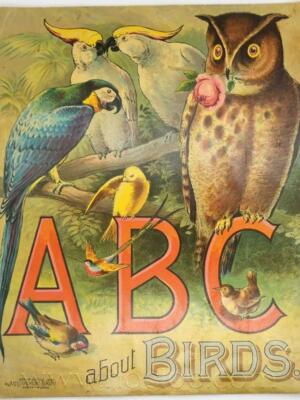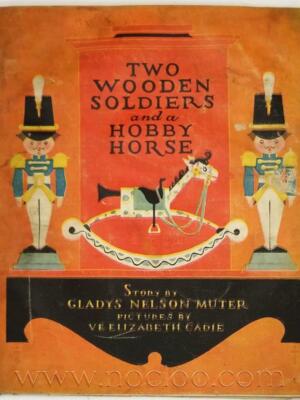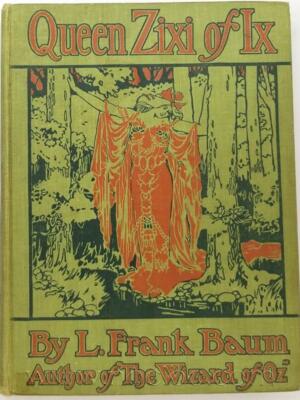Larousse Dictionnaire Universel (2 volumes, 1922) stands as a monumental achievement in early 20th-century French lexicography, published by the esteemed Librairie Larousse. This exhaustive two-volume reference work—bound in quarter-leather with marbled boards—captures the French language at a pivotal moment between the World Wars, blending rigorous definitions with encyclopedic entries on science, history, and global culture. The set’s Art Deco typography and 1,800+ pages of woodcut illustrations (including intricate botanical plates, anatomical diagrams, and geopolitical maps) reflect both the era’s scholarly ambitions and its aesthetic sensibilities.
As a cultural artifact, the 1922 edition preserves pre-modern French vocabulary and orthography, offering linguists a snapshot of the language before mid-century reforms. While earlier Larousse editions (1865–1876) hold greater rarity, this interwar iteration remains prized by collectors for its balance of academic authority and visual grandeur, often found with gilded spine titles and the iconic Larousse medallion stamped in gold.
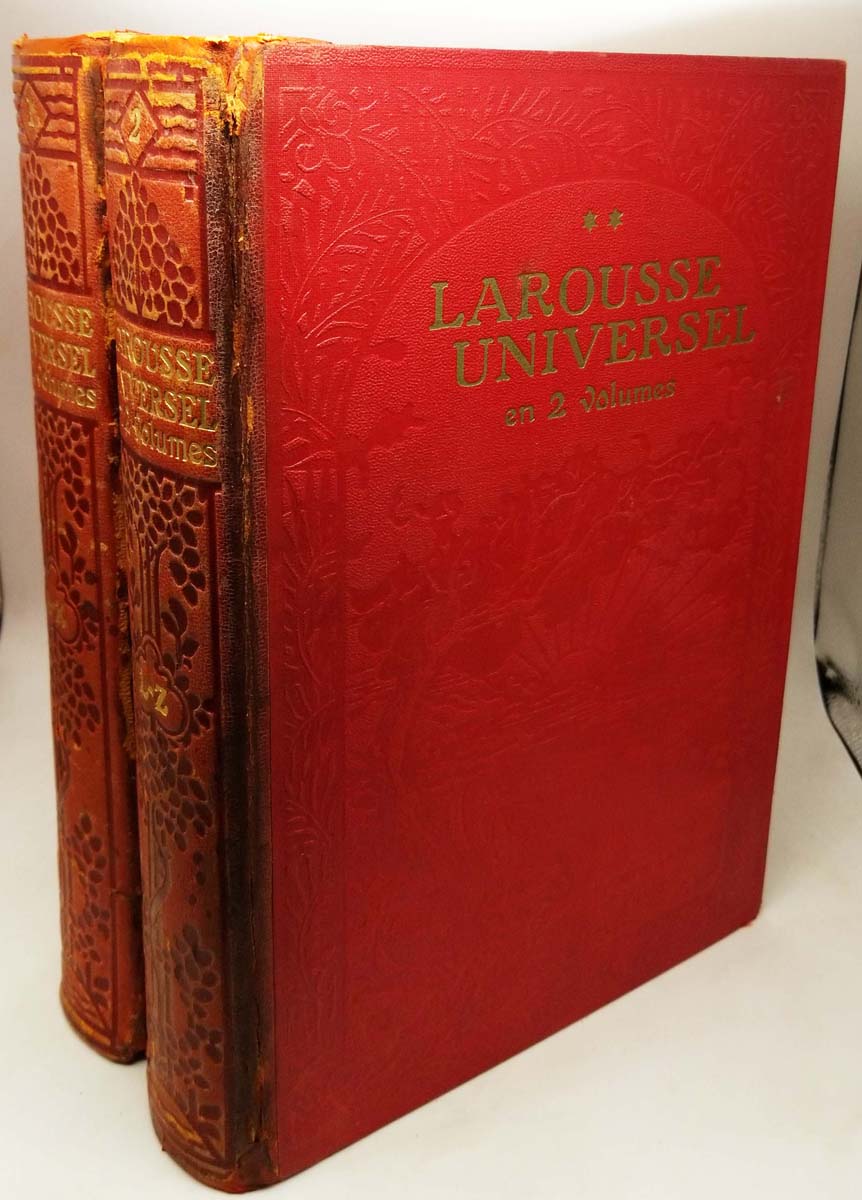
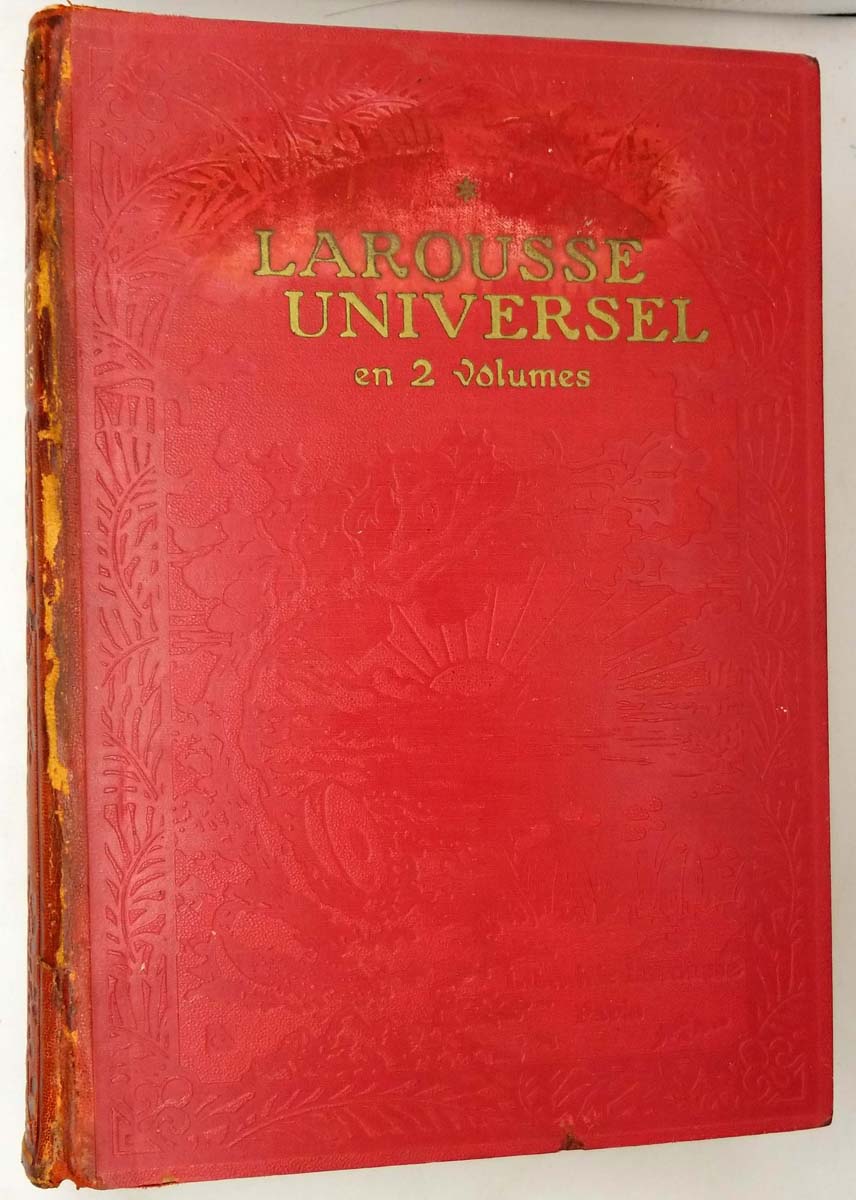
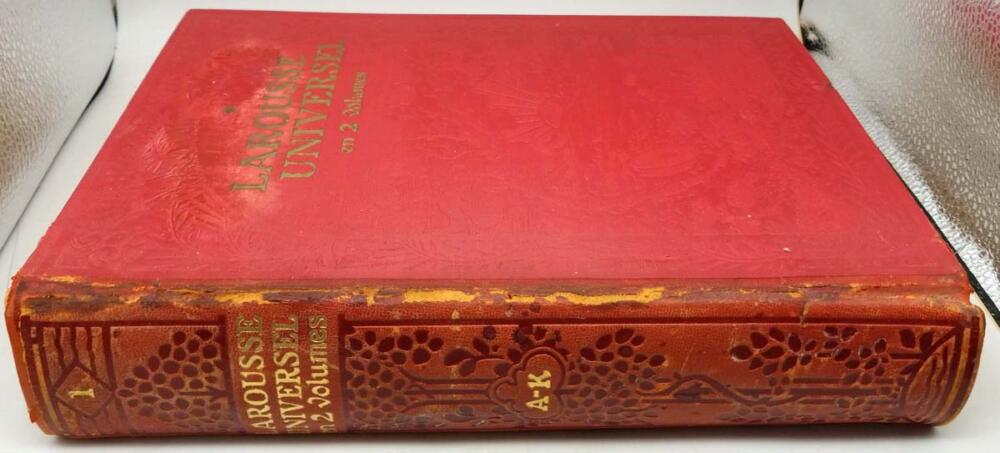
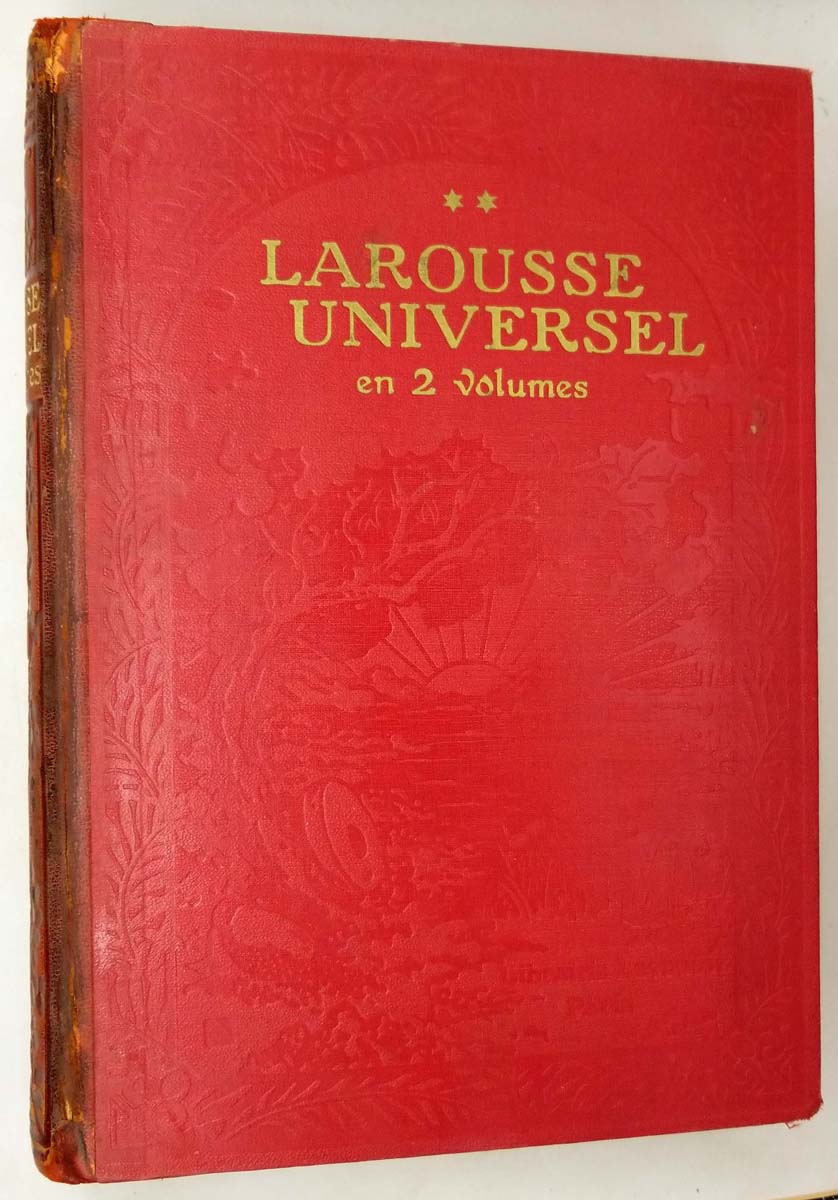

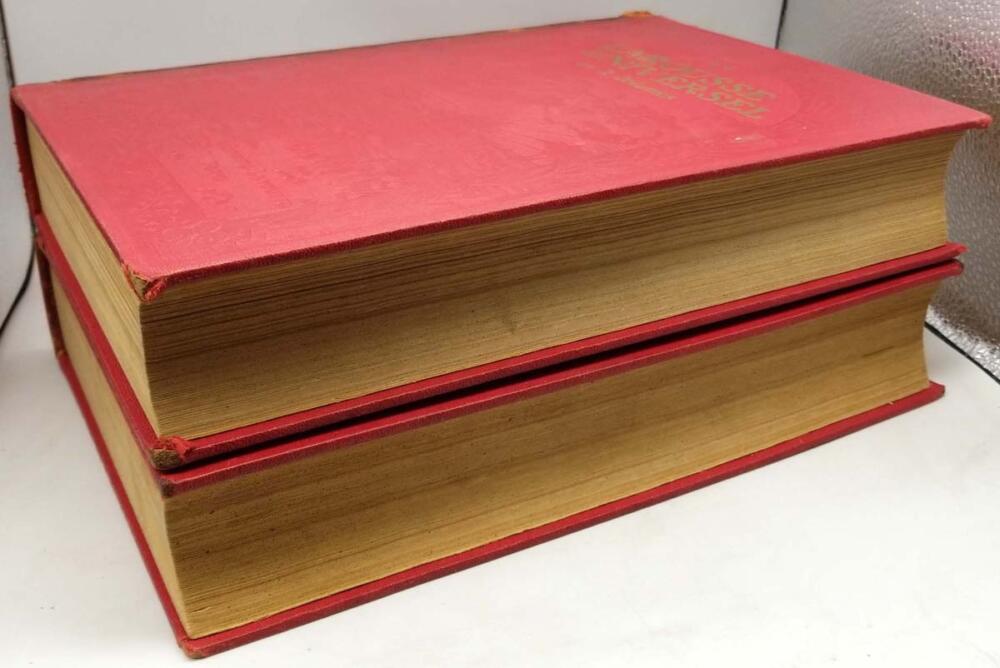
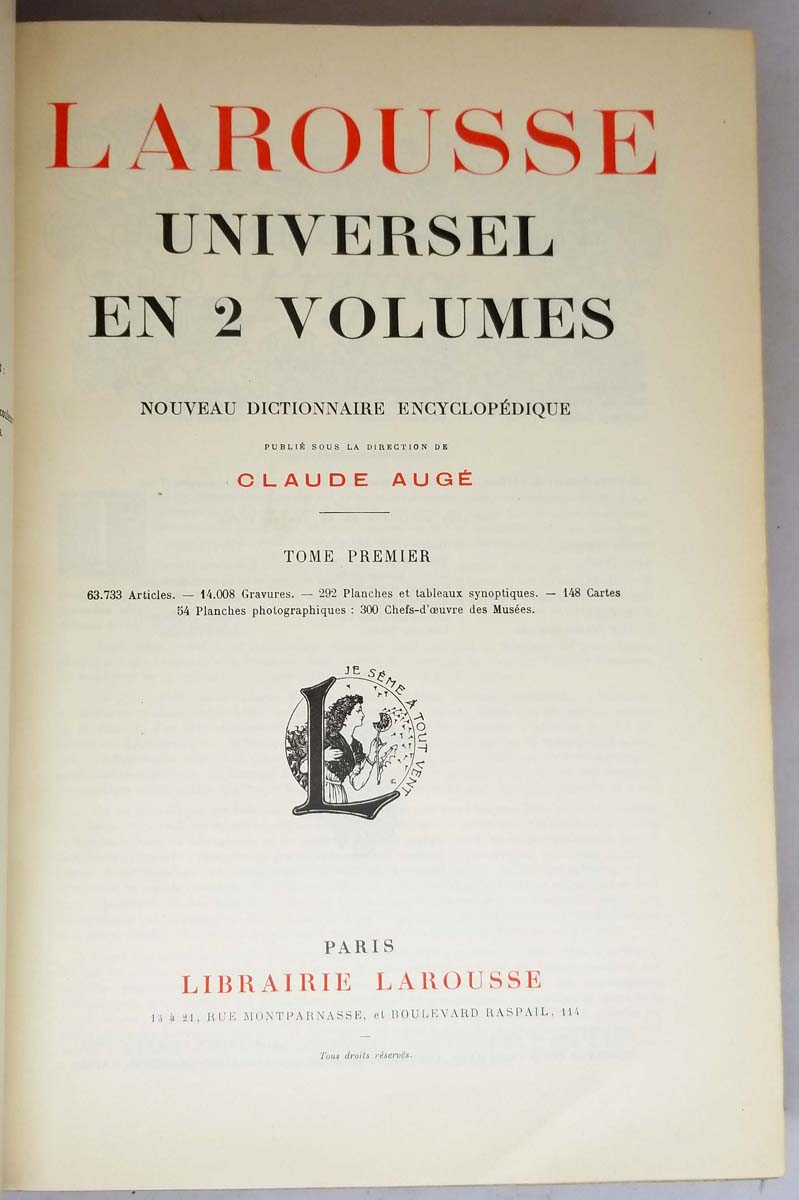
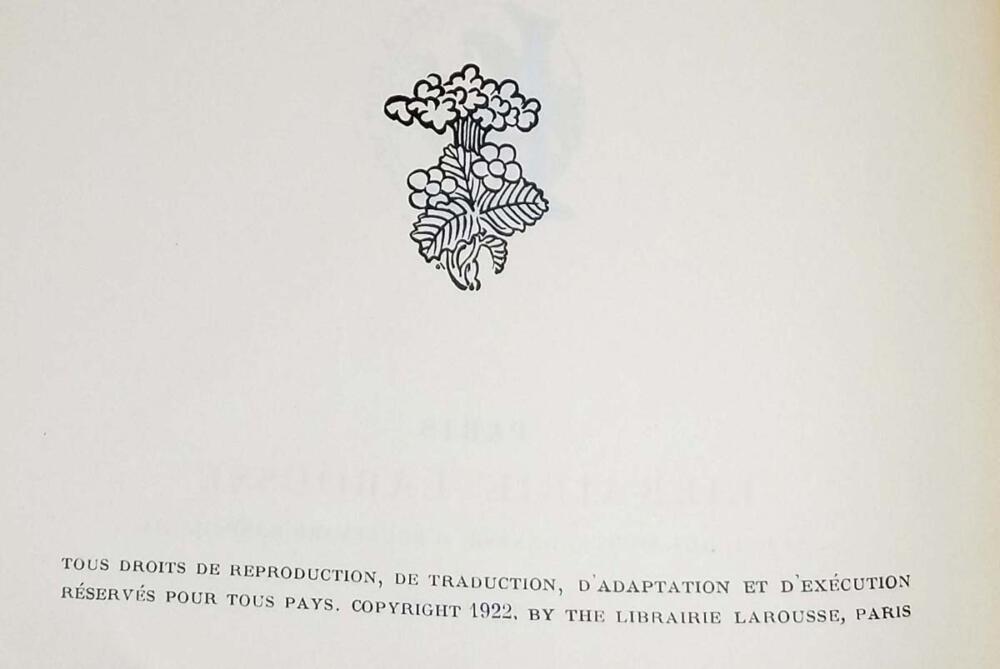
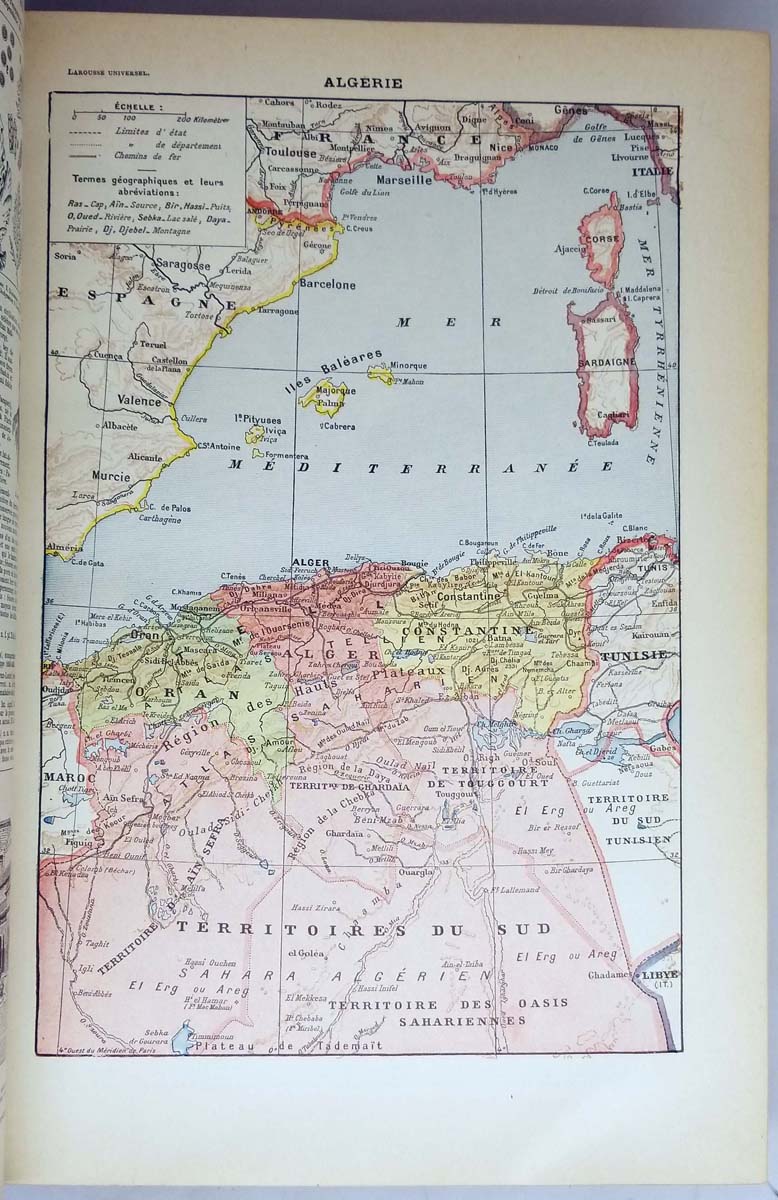
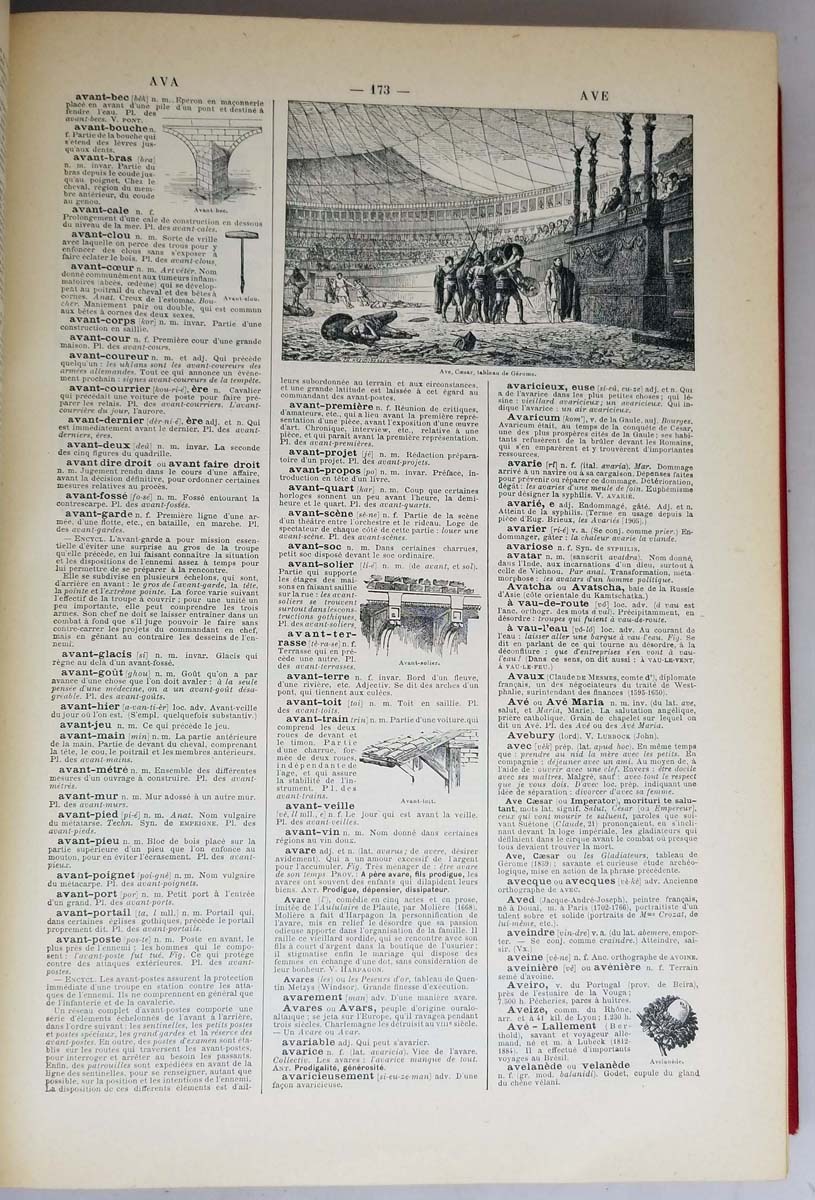
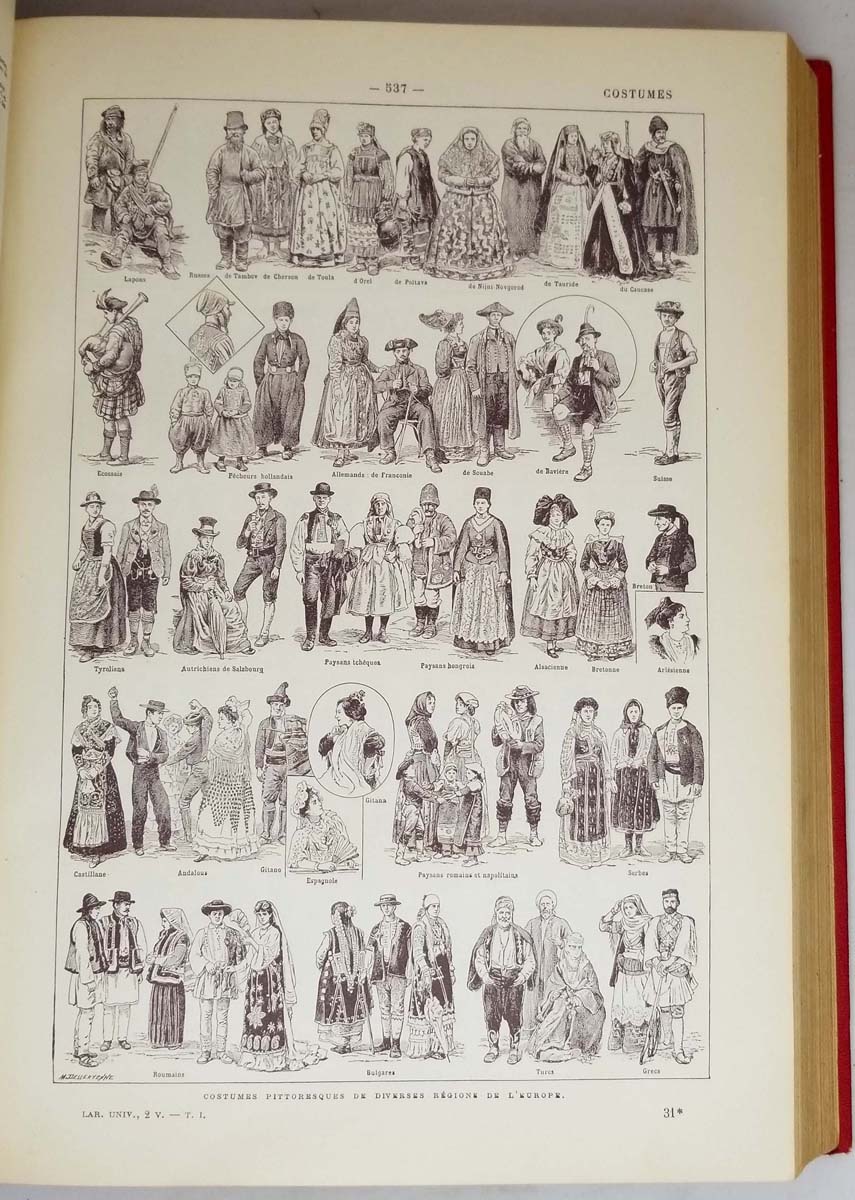
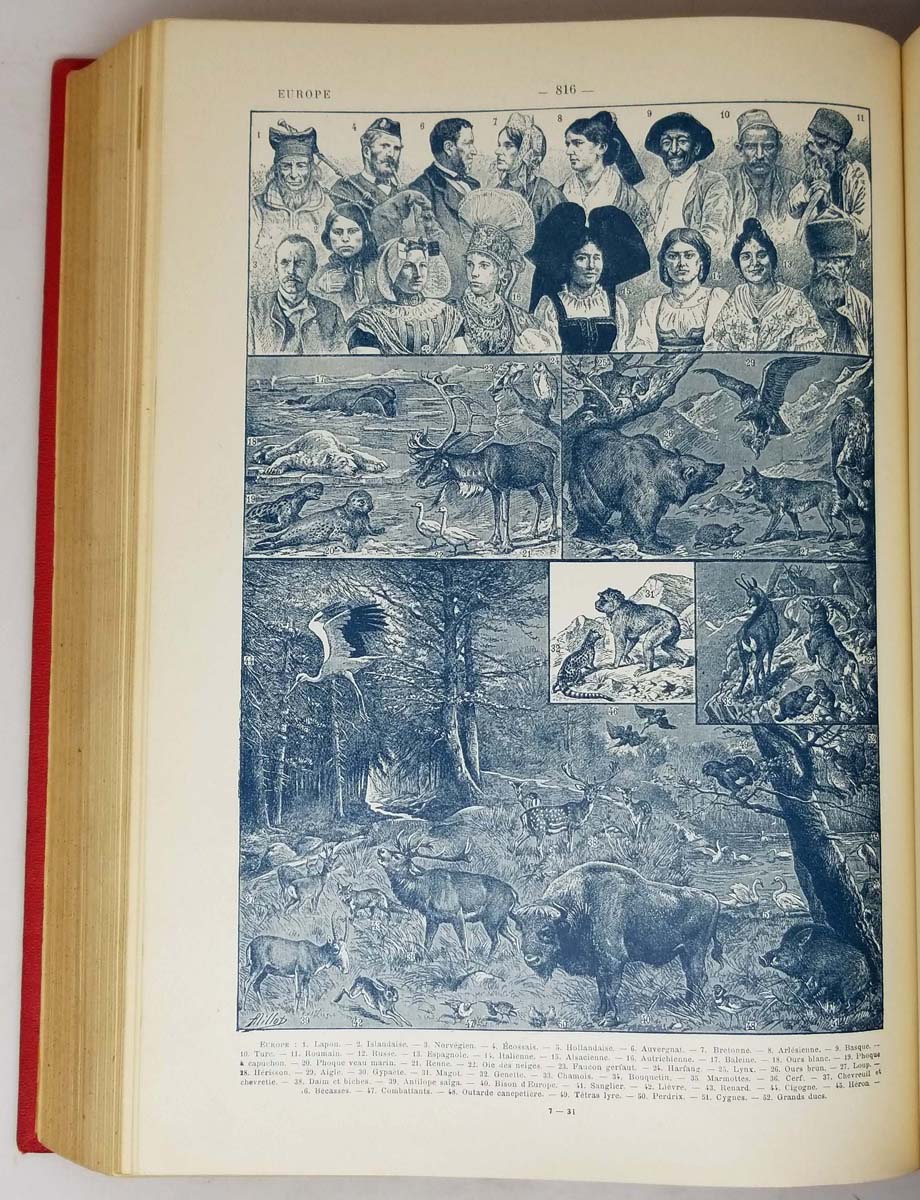
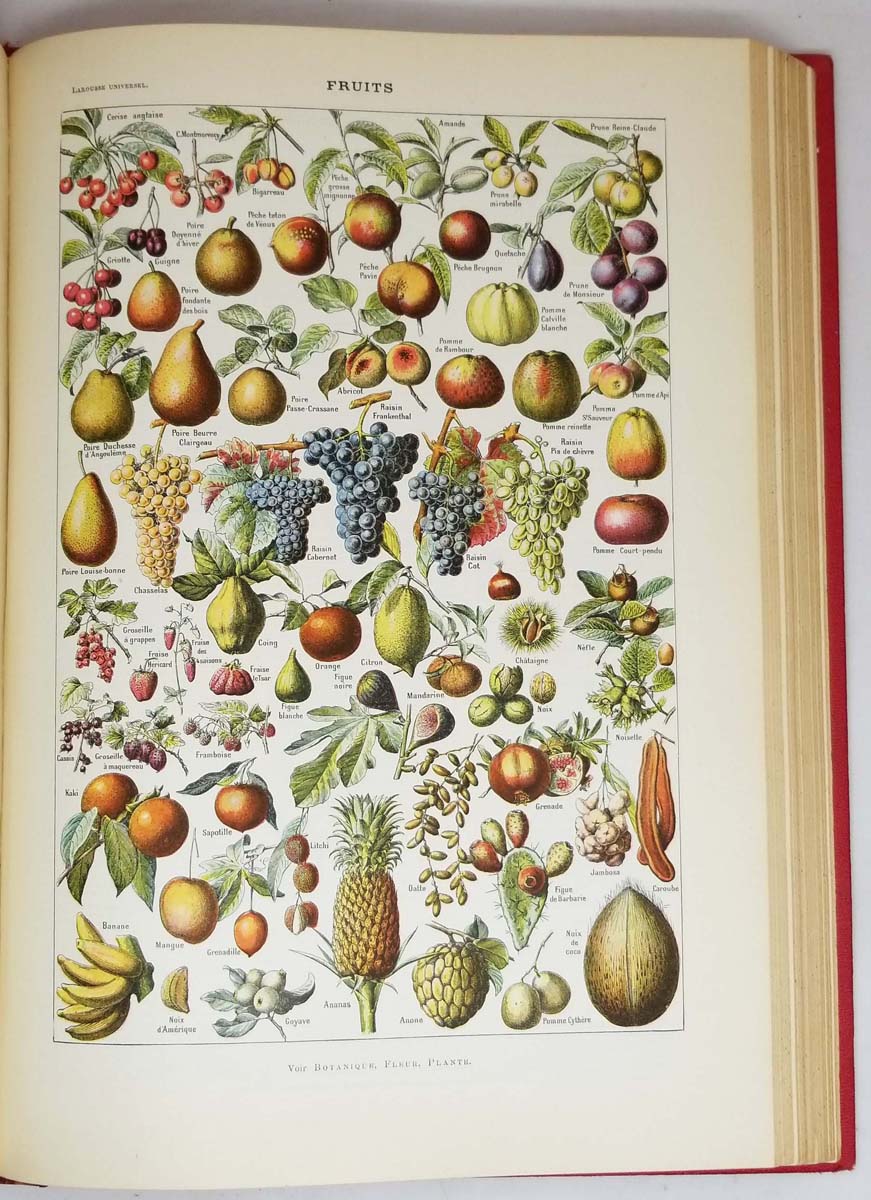
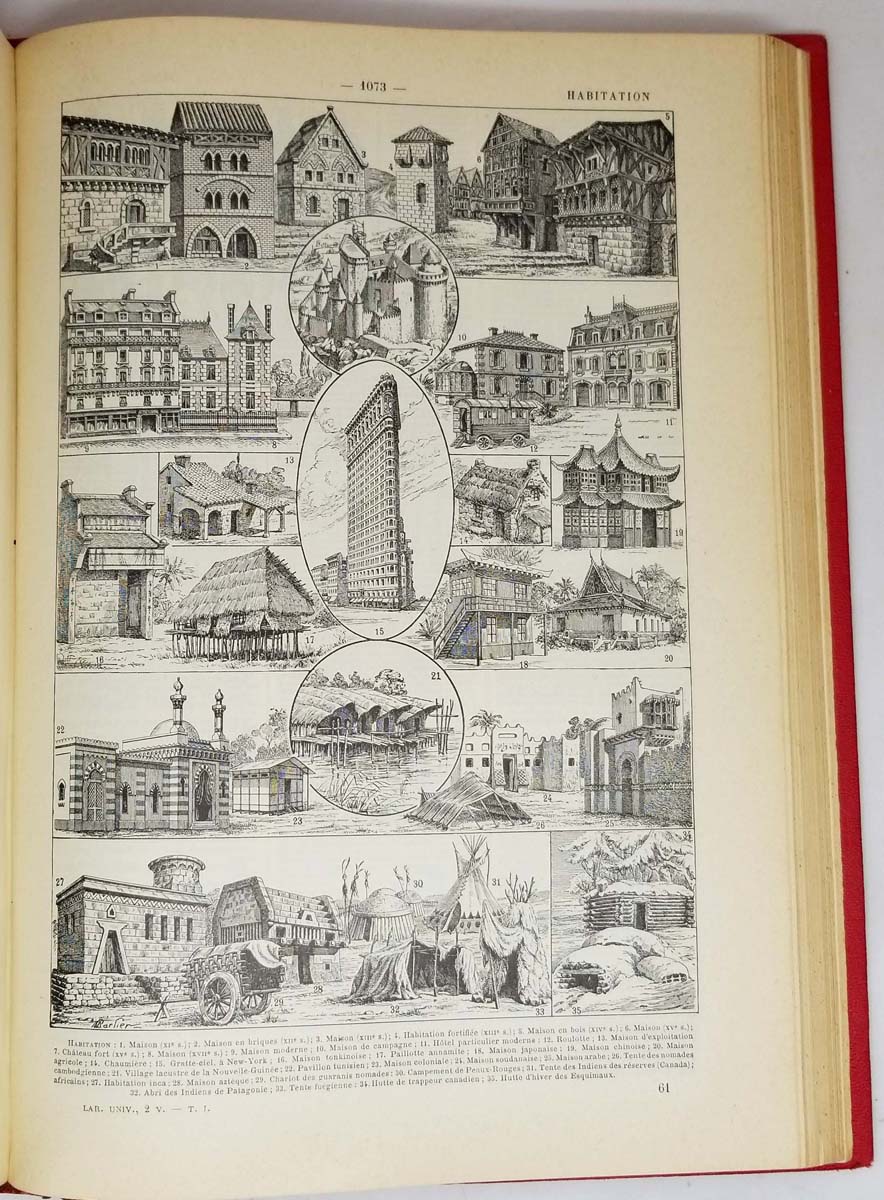
![A.A. Milne - When We Were Very Young 1924. First edition [1]](https://www.nocloo.com/wp-content/uploads/2020/07/aam-young1-300x400.jpg)
